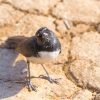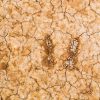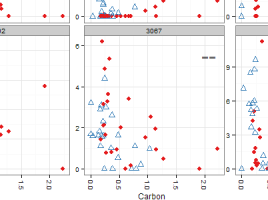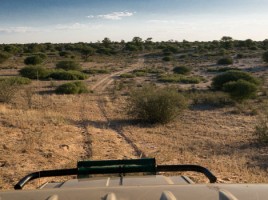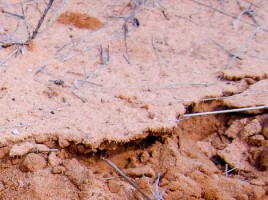Microbial transport and soil integrity in drylands
Dryland soils are particularly vulnerable to erosion because of low plant cover and low organic matter which is linked with water availability and biological constraints. It is increasingly recognised that dryland soils can be managed to minimise erosion, which has benefits such as increasing soil fertility, carbon storage, and prevention …

